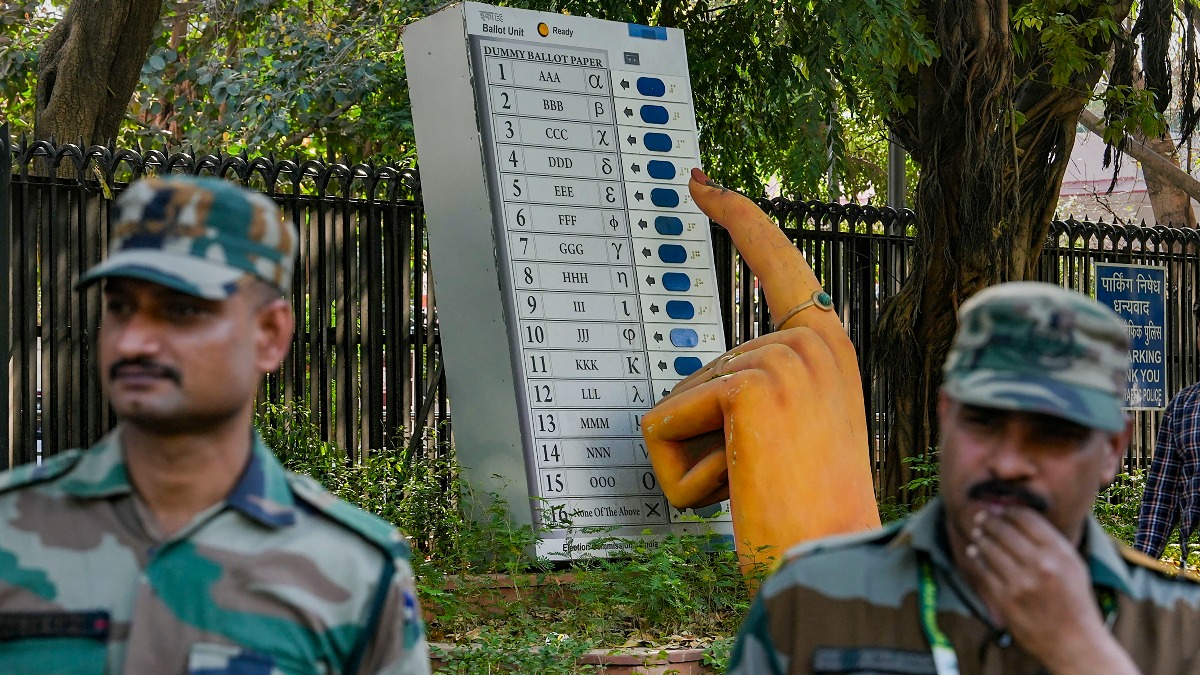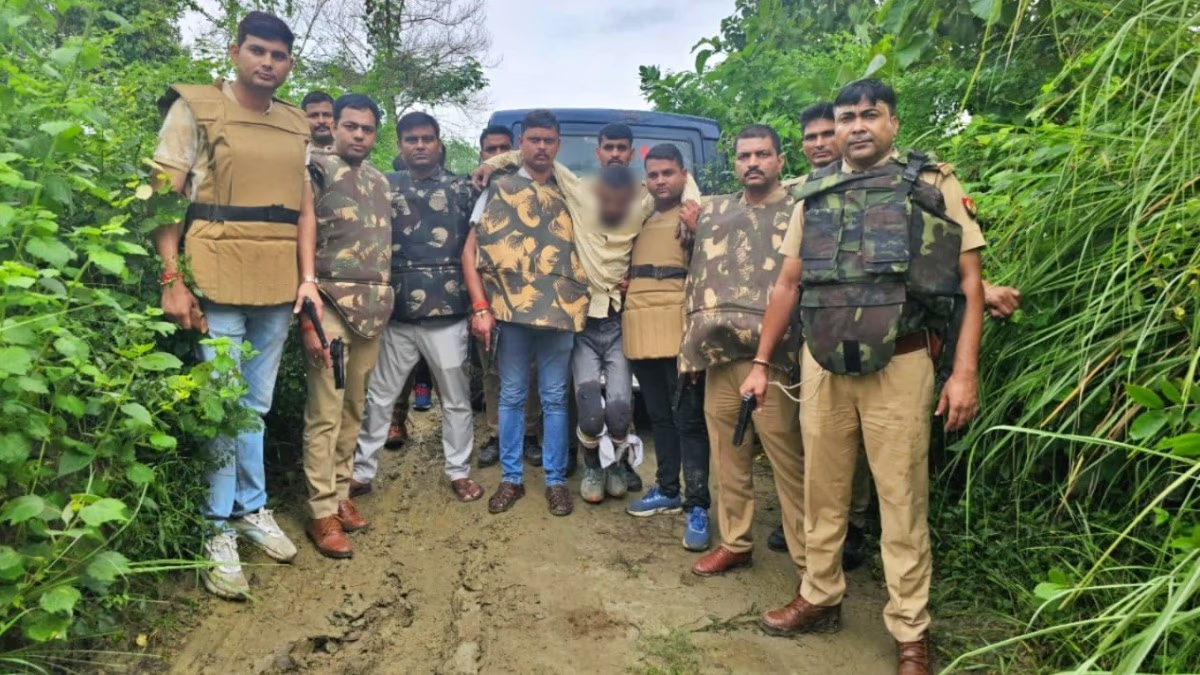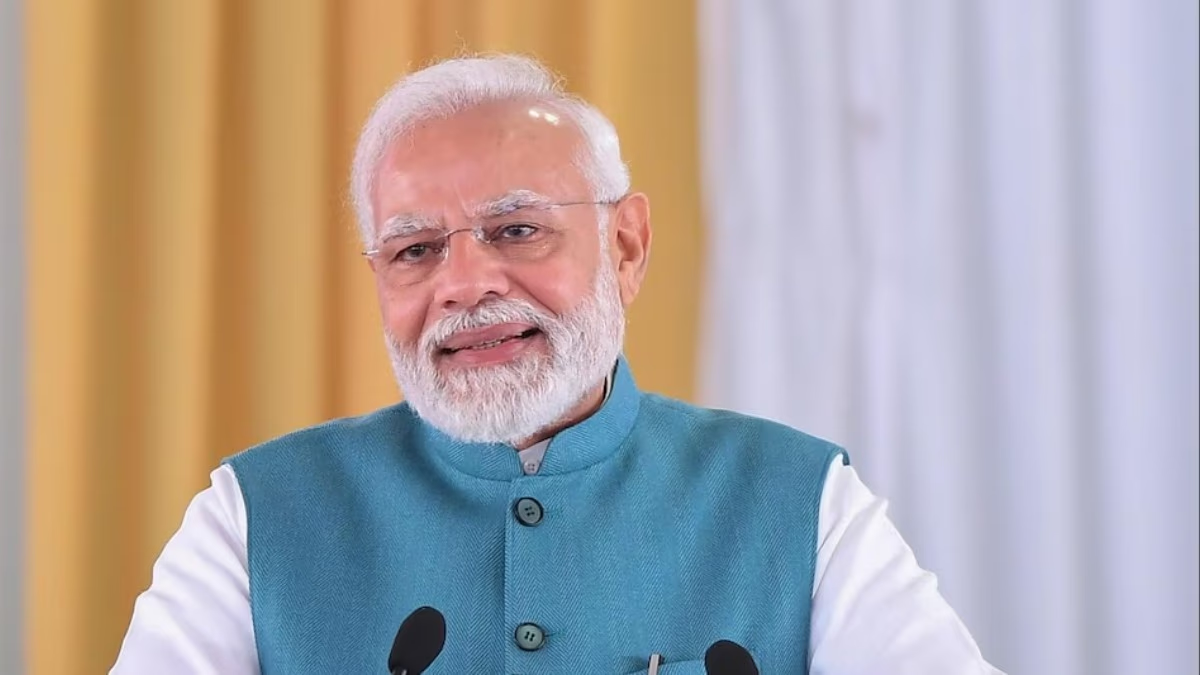The Supreme Court is currently hearing a petition demanding 100% matching of VVPAT slips with EVM votes. During the proceedings, the petitioner suggested reverting to ballot paper voting instead of EVMs. The court responded by recalling the era of booth captures during ballot papers and emphasized not forgetting those times.
The bench comprising Justice Sanjeev Khanna and Justice Deepankar Datta is presiding over the hearing of the petition filed by the Association for Democratic Reforms (ADR). The organisation has brought the demand for a 100% cross-verification between the EVM votes and VVPAT slips to the court's consideration.
During the hearing on Tuesday, the court commented on the enormity of conducting elections in India, something that not even a European country could manage. They cited Germany as an example, noting the smaller population in comparison to Indian states like West Bengal. The court further emphasized maintaining faith in the electoral process and advised against undermining the system.
Prashant Bhushan, representing ADR, had cited Germany’s use of ballot papers to advocate for the same in India. Justice Khanna responded by referencing the historical issues of booth capturing in the days before EVMs, saying, 'We are all from the 60s. We have witnessed what would happen in the era without EVMs. We don’t need to remind you.'
How Did EVMs Come to Be in India?
Following independence, for many years, India conducted elections with ballot papers. Voters were given a ballot paper where they would stamp their preference next to their chosen candidate's name and then drop the paper into a ballot box. This process resulted in results taking several days to be announced.
The Election Commission of India first tasked the government-owned company Electronics Corporation of India (ECIL) with developing EVMs in 1977. ECIL presented a prototype in 1979, which was showcased to political parties on August 6, 1980. The first use of EVMs came during a by-election in Kerala's Parur assembly seat in May 1982. However, since there was no law regarding the use of the machines at the time, the Supreme Court dismissed this election.
An amendment to the Representation of the People Act, 1951 in 1989 officially accounted for the conduct of elections using EVMs. Yet, despite the legal framework, EVMs were not widely used for years. It wasn't until 1998 in Madhya Pradesh, Rajasthan, and Delhi Assembly seats, and subsequently in 45 Lok Sabha seats in 1999, that EVMs were prominently used. Haryana's elections in February 2000 also saw EVM usage in 45 constituencies.
For the first time in May 2001, all assembly seats in Tamil Nadu, Kerala, Puducherry, and West Bengal voted using EVMs. Eventually, the 2004 Lok Sabha elections marked the first nationwide use of EVMs across all 543 seats. Ever since, EVMs have been used in every election.
Read More:
What is VVPAT?
VVPAT stands for Voter Verifiable Paper Audit Trail. It is developed by the same government companies that produce EVMs.
Introduced to enhance transparency in the voting process, VVPATs are connected to the EVM. Once a vote is cast, a slip is generated showing the name and symbol of the candidate voted for. This slip is displayed on the VVPAT's screen for seven seconds, allowing the voter to verify their vote before it drops into a sealed box.
The first use of VVPAT machines was during Nagaland's Assembly elections in 2013. Later, they were used in a few Lok Sabha constituencies in the 2014 elections and the Goa Assembly elections in 2017.
In the 2019 Lok Sabha elections, VVPAT machines were used across the country for the first time. More than 17.3 million VVPAT machines were deployed during the election.
Read More:
How Are Votes Counted with EVM and VVPAT?
Voting through EVMs is typically counted in rounds, with each round tallying votes from 14 EVMs. Agents validate each round's count on Form 17-C before handing it to the Returning Officer (RO). Results are announced on a blackboard and over loudspeakers round-by-round, which is commonly referred to as the trend.
The ADR, in its petition, has argued for a comprehensive cross-verification between EVM votes and VVPAT slips to ensure free and fair elections. They suggest speeding up the process by incorporating barcodes on VVPAT slips.
However, this is not the first time a petition for matching EVM votes with VVPAT slips has reached the Supreme Court. Before the 2019 Lok Sabha elections, 21 opposition parties filed a petition demanding that 50% of EVM votes be matched with VVPAT slips in each parliamentary constituency.
The Election Commission, responding to the petition, informed the Supreme Court that fulfilling such a demand would delay election results by at least five days. On April 8, 2019, the Supreme Court ruled that votes from five EVMs and VVPATs in every Lok Sabha constituency should be matched, increasing the number from the previous norm of matching with one EVM.
Last year, ADR filed a plea for 100% matching of EVM votes and VVPAT slips, further advocating for a completely verified electoral process.
What are the Costs of EVM and VVPAT?
In India, the voting machinery comprises three components: the Control Unit (CU), the Ballot Unit (BU), and the VVPAT. The federal Price Negotiation Committee determined the pricing. According to the Election Commission, a ballot unit costs INR 7,991, a control unit is priced at INR 9,812, and a VVPAT costs INR 16,132.




